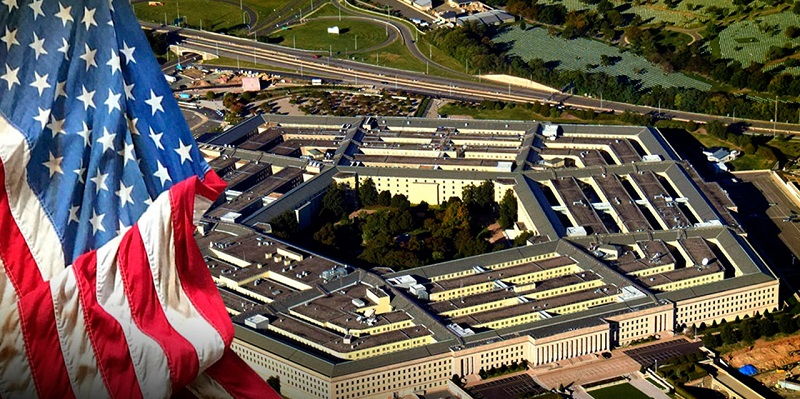In today’s rapidly evolving digital landscape, countering cyberthreats has become a matter of utmost priority. Leslie A. Beavers, the principal deputy chief information officer at the Pentagon, emphasizes the crucial need for collaboration in addressing emerging threats. This article explores the multifaceted nature of these challenges and the broader societal impact they pose.
Ongoing Efforts in the DOD
To stay ahead in the battle against cyber threats, the Department of Defense (DOD) has undertaken various modernization initiatives. These initiatives aim to revamp the information technology architecture and improve user experience within the organization. By continually upgrading its systems and infrastructure, the DOD seeks to enhance its cybersecurity capabilities and effectively respond to emerging threats.
State-Sponsored Cyber-Attacks
One of the major components of the emerging threats facing the US defense industry and government is the rise in state-sponsored cyber-attacks. Adversaries like China and Russia pose significant challenges through their relentless efforts to breach US defense systems and gain unauthorized access to critical information. Countering these threats requires closer collaboration between the government and private sector cybersecurity companies.
The Need for Information Sharing and Collaboration
Addressing emerging cyber threats necessitates enhanced information sharing and collaboration efforts between government agencies and private sector organizations. By pooling resources, expertise, and intelligence, both parties can work together to develop robust defense mechanisms. Collaboration with industry stakeholders is crucial in achieving comprehensive cybersecurity objectives and protecting vital infrastructure.
Adoption of the Zero-Trust Security Paradigm
Recognizing the limitations of traditional network security, the DOD has embraced the zero-trust security paradigm. This approach moves beyond perimeter-based security and assumes that every user, device, and network request is potentially compromised. By implementing rigorous access controls and continuous verification, the zero-trust strategy strives to strengthen cybersecurity defenses and minimize the impact of potential breaches.
Unveiling the Zero-Trust Strategy and High-Level Goals
In recent years, the DOD unveiled a comprehensive zero-trust strategy with four high-level goals. These goals focus on cultural adoption, safeguarding DOD information systems, accelerating technological advancements, and enabling zero trust across the organization. By setting clear objectives, the DOD aims to streamline efforts and ensure that all stakeholders align their actions to reinforce cybersecurity defenses.
Building a Skilled Workforce
To effectively combat evolving cybersecurity challenges, it is essential to cultivate and nurture a skilled workforce. The DOD remains committed to building a talented and knowledgeable workforce equipped with the expertise necessary to detect, prevent, and respond to cyber threats. By investing in education, training, and professional development programs, the DOD ensures that its personnel are prepared to tackle the ever-changing landscape of cyber threats.
Emphasizing the Role of Partnerships
Leslie Beavers highlights the indispensable role of partnerships with industry stakeholders in achieving the cybersecurity objectives of the DOD. Collaborating with private sector organizations, academia, and research institutions fosters innovation, knowledge sharing, and the exchange of best practices. By working together, government and industry can bolster their collective resilience against cyber attacks.
In the face of continually evolving cyber threats, the Pentagon’s message is clear: collective effort, bridging government, industry, and society, is essential to fortify cybersecurity defenses. By prioritizing collaboration, embracing new security paradigms, and investing in a skilled workforce, the US defense industry and government can effectively counter emerging cyber threats. Only through concerted efforts and a united front can we safeguard our critical infrastructure and protect against digital adversaries.

